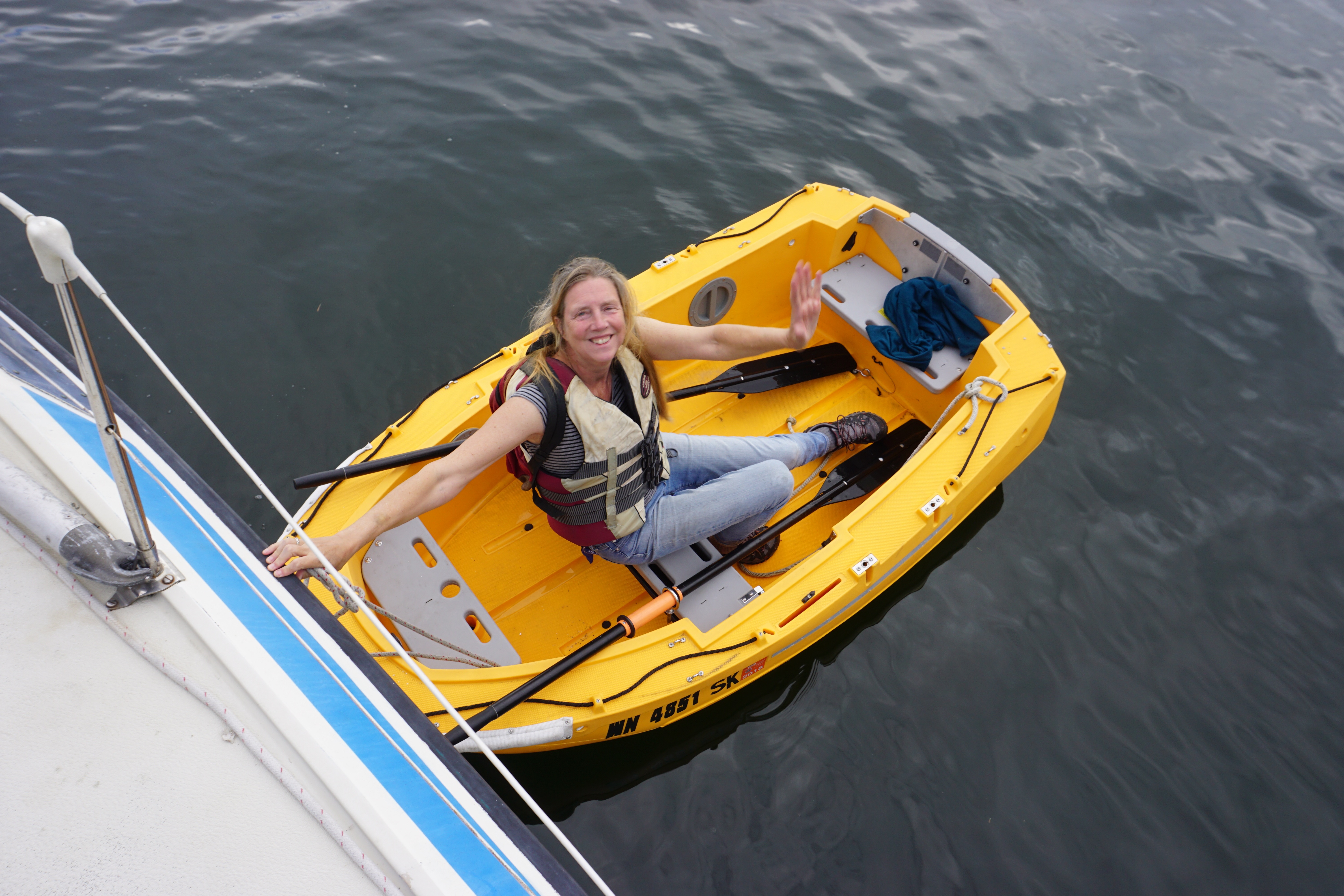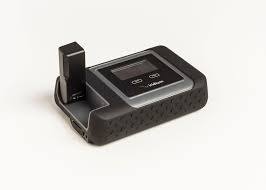Decatur, GA, 31-OCT-2018 – For 2018, we decided to take six months for our sail to Alaska. Why? Because we could.
The trip, in my eyes, wasn’t really a trip. Looking backwards, it was just living on-the-go for six months. I’m not sure at what point something moves from being a trip into being how one is living.
Although Jennifer was ready to come home, if we had never returned, that would’ve been fine with me.
| Amounts are in USD | Apr 12 – Sep 30, ’18 | May 4 – SEP 3, ’17 | $ Change | % Change |
| Ancillary expenses | 3106.77 | 2235.49 | 871.28 | 39.0% |
| Communication | 770.75 | 0.00 | 770.75 | 100.0% |
| Fuel | 1479.75 | 719.54 | 760.21 | 105.7% |
| insurance | 348.00 | 251.00 | 97.00 | 38.6% |
| Maintenance Supplies | 2435.96 | 814.50 | 1621.46 | 199.1% |
| Moorage | 1270.64 | 1326.40 | -55.76 | -4.2% |
| Total | 9411.87 | 5346.93 | 4064.94 | 76.0% |
| Days | 171 | 122 | 49 | 28.7% |
| Cost per day- | 55.04 | 43.83 | 11.21 | 20.4% |
We were gone for 171 days, and spent $9400, for an average of $55 per day. There were only two of us on this trip versus three in 2017, and we consciously decided that we would be less frugal.
In 2017, we were gone for 122 days, and spent $5300, for an average of $44 per day. We spent an average $11 more per day in 2018. In percentage terms, this trip was 29% longer and we spent 76% more money. Where did the money go?
This is where it gets unsettling: we spent 39% more on ancillary expenses. These are such things as going out, renting cars, groceries. Generally fun things that are related to quality of life. Okay, we’re pleased with that.
We spent almost exactly twice as much on fuel. This makes sense. We didn’t spend long periods of time in any one place and we were on the move constantly. It’s distressing to realize that we averaged four hours per day motoring, seven days per week. And, we sailed, as a percentage, more than we did the previous year. But, this is also quality of life cost, and something we were pleased to do.
We spent about the same amount on moorage, actually 4% less. Given we were gone an additional 49 days, this tells you how much less were on a dock. In 2017, we were traveling with Hilary. We made a conscious decision to spend as much time on docks as we could, so we three could get off the boat and Hilary could walk.
Where did the money go? Into the bucket called maintenance supplies. We tripled the amount we spent on this category: $800 in 2017 and $2400 in 2018.
Repairing the VHF radio, which included a new antenna and a temporary antenna until we could get new antenna installed, ended up costing a thousand dollars.
We managed to lose the lee boards on the dinghy because the straps that held them in place were not tight enough; we lost the oars when the dinghy flipped over because of O-ring failures: these two items were over $400.

I replaced both halyard winches on the mast. The fastest way to buy these two winches was in a set of four, which was slightly less than $300. There we have it, that’s $1700. Remove those things and were at the same level as 2017. We also spent $300 on stove parts, which has been a recurring expense, which hopefully will stop.

What generally goes into the maintenance supplies bucket?
Motor oil, filters and replacing things that break, such as USB cables, lines that need to be replaced, toilet parts, etc. Consumables, one might say, and everything on a boat is a consumable.
In 2016, we were gone for a little over four months and we went out to eat four times. We were living very frugal that year.
In 2018, we went out to eat at least 12 times, and spent over $1000 on a multi-day adventure in Haida Gwaii with a rental car and two nights in hotels. If you read the blog entries, you’ll find that of the 28 days for our Haida Gwaii adventure, 14 were spent waiting for weather.
If we compare the calendar year 2017 to 2018, the numbers are much different. We spent 24% less on CaroBabbo in 2018 than we did in 2017 – $18,000 versus $24,000.
| Amounts are in USD | Jan – Dec ’18 | Jan – Dec ’17 | $ Change | % Change | |
| Expense | |||||
| Ancillary expenses | 4554.57 | 2738.20 | 1816.37 | 66.3% | |
| Capital Expenses | 1558.00 | 9525.18 | -7967.18 | -83.6% | |
| Charts | 30.00 | 0.00 | 30.00 | 100.0% | |
| Communication | 974.90 | 0.00 | 974.90 | 100.0% | |
| Equipment | 0.00 | 34.20 | -34.20 | -100.0% | |
| Fuel | 1479.75 | 719.54 | 760.21 | 105.7% | |
| Insurance | 348.00 | 251.00 | 97.00 | 38.6% | |
| Maintenance Supplies | 5036.33 | 4529.71 | 506.62 | 11.2% | |
| Moorage | 3769.10 | 5545.89 | -1776.79 | -32.0% | |
| Professional Services | 340.63 | 708.62 | -367.99 | -51.9% | |
| Registration, Taxes, Fees | 140.16 | 52.55 | 87.61 | 166.7% | |
| Total Expense | 18231.44 | 24104.89 | -5873.45 | -24.4% |
The major reason was capital expenses. The first few years we owned Caro Babbo we had a capital expense budget of $10,000 per year. In 2018, we spent $1500 on capital expenses versus $9500 in 2017.
Capital expenses are things that we add to the boat, such as a new suit of sails ($4500), a new stove ($3500), a new dinghy ($3500), etc. We are, I’m pleased to say, getting to the end of the new capital expenses.
We also spent $1800 less on moorage in 2018, but almost $1000 on communication costs for the Iridium Go.
A quick word about the Iridium Go: Iridium Go’s communication costs were worth every penny. From a sailing point of view, it allowed us to download grib files every day. For such things as crossing Hecate Strait and the West Coast of Vancouver Island, this was invaluable.

The Iridium Go also allowed us to do business by replying to messages and emails immediately. In our case, since we rent houses via VRBO, this resulted in more than $20,000 worth of bookings that we suspect we would not have been able to win.
[Given the work we are doing in Atlanta right now, a review of the Iridium Go keeps drifting into the future. In short, working with the user interface will allow you to swear like a sailor, but the facilities that the device provides are life-changing.]
As an aside, when amortized across the entire year, Caro Babbo cost (including ancillary expenses) $50/day in 2018 and $66/day in 2017.

Aside from ancillary expenses, maintenance and moorage are the two largest expenses, with maintenance being the larger of the two on average.
If you’d like more detailed information, let me know. I’ll answer specific questions, or if need be, I’ll write an additional blog post.
Ellen and Scott, who are currently docked in Florida, list their expenses every couple of months. They are very frugal: https://thecynicalsailor.blogspot.com/2018/11/cost-of-cruising-living-aboard-sailboat.html


It seems you did pretty well compared to a land-based trip. I’ve been figuring $100/night for a motel, or maybe $35 if the weather is good enough for camping. And gasoline for 400 miles a day at $2.80/gal with a 25 MPG car adds another $45. Then there’s food or restaurant meals.
Of course, 171 days is longer than the trips I’m contemplating. Maybe we’d be out for 45 days or so. Funny thing, a quick top of the head estimate says my land trip would cost right between your 2017 and 2018 totals!
Erwin,
I think what we do is closer to having an RV, the expenses are mostly up front.
I like your set-up and how you show the percentage of change between periods. Great idea! Thanks for sharing your costs.
Ellen,
We actually keep a set of books in QuickBooks for Caro Babbo, so we can generate a p&l, without the p, and all the various reports that a set of accounting books yields.